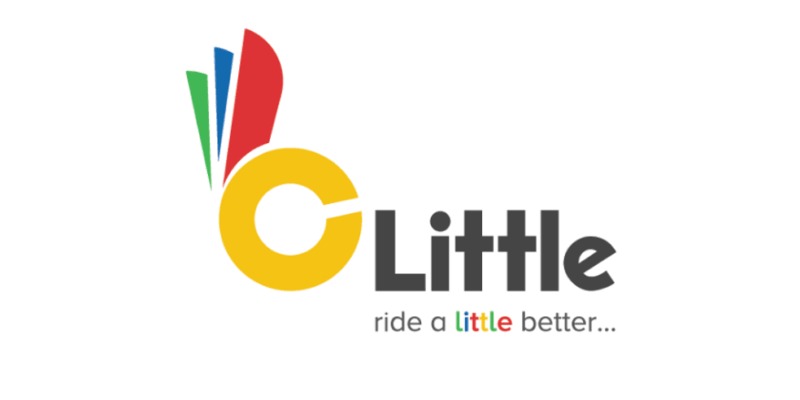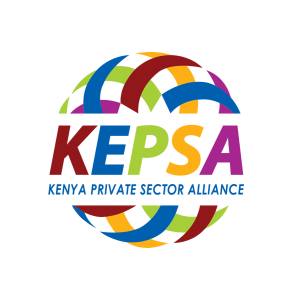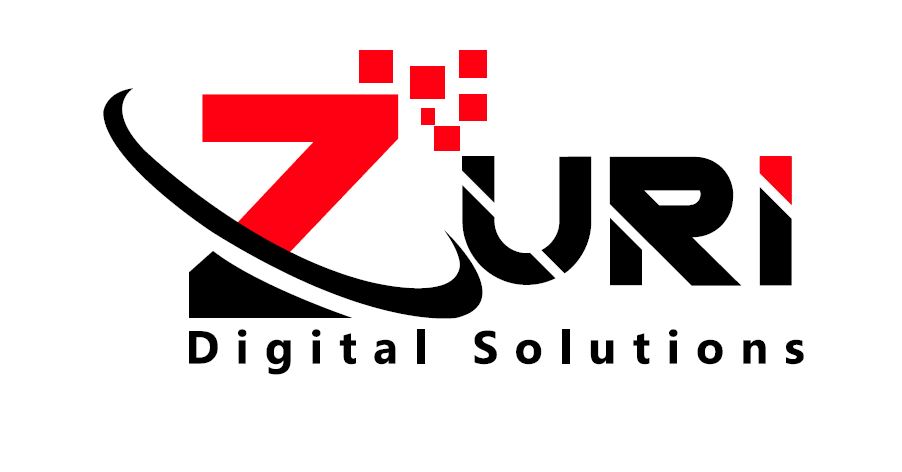Diversity and Inclusion: Fostering Organizational Growth through Cultural Awareness
Diversity and inclusion are a priority in today’s workforce: they’re critical to an organization’s and its employees’ overall health. Cultural diversity and inclusion have become an important topic with the globalized workforce and increasing technological adoption.
What does cultural awareness in the workplace mean? Cultural awareness can be defined in different ways. It’s the ability of an individual, team, or organization to recognize and appreciate cultural differences in the workplace. Cultural awareness also refers to the ability to be conscious of one’s culturally shaped biases, beliefs, or values of people in an organization. The National Center for Cultural Competence (NCCC) also defines cultural awareness as the ability to understand, recognize, and observe differences and similarities between multiple cultures.
Often, in an organization where culture awareness is a priority, there is a diverse workforce, and inclusivity matters. It implies that people from different cultures can create relationships, coexist, communicate effectively, and work together in one organization while maintaining mutual respect. Consequently, this significantly impacts overall growth, which this post elaborates on below.
Cultural Awareness as a Catalyst for Organizational Growth
Here are six ways cultural awareness contributes to organizational growth:
1. Fosters inclusivity and respect in the workplace
As outlined earlier, inclusivity has become important in our fast-changing world, and organizations must embrace it. Cultural awareness plays a critical role in fostering an inclusive workplace. With cultural awareness, employees and leaders in an organization can recognize, respect, and embrace each other’s diverse cultural backgrounds. Also, it becomes easier for one to accommodate other’s opinions.
As a result, people will feel valued, accepted, motivated, and respected, thus making it easy to engage with each other, which is essential for overall productivity. More importantly, it creates a supportive working environment.
2. Enhances effective communication among people
One benefit of embracing cultural awareness is that it improves one’s interpersonal skills, which is essential when dealing with people of different cultural backgrounds. For instance, one is aware of various social norms and can act in a corresponding manner that shows understanding and respect. As a result, people in an organization can communicate effectively and empathetically. Besides, being culturally aware enables people to build strong relationships with each other and minimize potential misunderstandings/conflicts.
3. Drives innovation and creativity
When employees and their leaders in an organization are culturally aware, adopting open-minded thinking helps create a path for innovation and problem-solving. With a diverse workforce, employees are exposed to new ideas and different perspectives, contributing to their creativity. Another way cultural awareness and diversity impact innovation is through expanded advancement: when individuals of different cultures work together, they approach a problem with an open mind (inspired to think outside the box), thus igniting innovativeness.
4. Helps expand global reach
Cultural awareness in an organization helps build cultural bridges/connections and learn from others. Therefore, one can relate to other people’s culture without judgment. Cultural awareness also helps one identify what others consider inappropriate/offensive (based on their culture), which is vital when interacting and helps minimize the risk of cultural conflict.
As a result, it’s easier to create a workplace with employees from different parts of the world. Also, navigating the international market can be more effective since adapting to local customs/practices is easy.
5. Boosts employee engagement and talent retention
Embracing cultural awareness in an organization fosters employee engagement. Employees hold conversations and interact with each other to get first-hand knowledge about cultures of different cultures, ultimately boosting engagement in the workplace. Increased employee engagement equals better employee motivation, teamwork, and productivity.
Cultural awareness also makes employees feel that their cultural backgrounds are valued and embraced. As a result, they’re likely to stay in such an organization for a prolonged period. This helps save time and resources by reducing the need for constantly hiring and training new employees. Additionally, organizations that promote cultural awareness and diversity are more likely to attract outstanding talents.
6. Positively impacts company reputation and brand image
Cultural awareness and diversity have a significant impact on the reputation of a company. First, a company with a diverse workforce shows that the cultures of different employees are accommodated and respected, which helps shape reputation, which is essential to customers, stakeholders, and employees. For instance, consumers and stakeholders view companies that embrace cultural awareness more positively as they demonstrate commitment to diversity and inclusivity.
Final Thought
Cultural awareness has become an increasingly important aspect of today’s business environment. It can serve as a significant strategic advantage for fostering organizational growth. For example, cultural awareness fosters inclusivity, promotes effective communication, improves employee engagement, and drives innovations in an organization. All of these have a great impact on the overall organizational growth. More importantly, cultural awareness creates an environment where employees can thrive and be productive.
Promoting diversity and inclusivity is one of the effective strategies for cultivating cultural awareness. Organizations can also build a foundation for cultural awareness by facilitating cultural awareness training, fostering dialogue, and celebrating diverse cultural events and holidays.

























